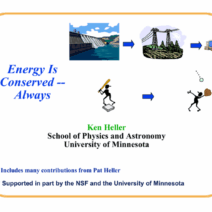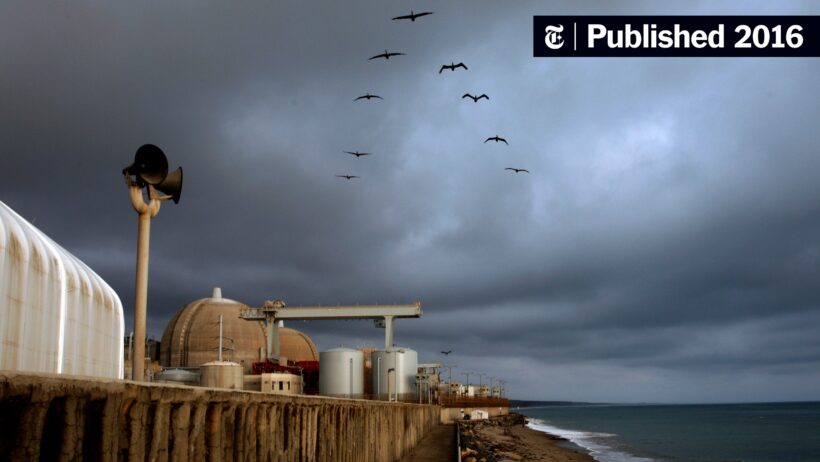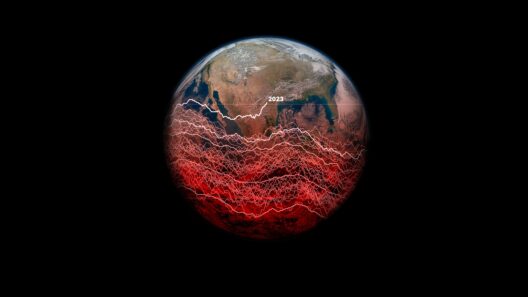Nuclear power has long been a subject of fervent debate. At the crux of this discussion lies a pivotal question: Do nuclear power plants cause or contribute to global warming? To answer this inquiry, it is essential to delve into the mechanics of nuclear energy, its environmental footprint, competing energy sources, and the broader implications for climate change mitigation strategies.
Nuclear power plants generate electricity through the process of nuclear fission, where atoms of uranium or plutonium are split to release energy. This reaction is remarkably efficient compared to fossil fuels, as a small amount of nuclear fuel can produce a vast quantity of energy. For context, a single uranium fuel pellet roughly the size of a fingertip can generate as much electricity as one ton of coal. Thus, nuclear plants provide a substantial energy output with comparatively minimal fuel requirements.
One of the most compelling arguments in favor of nuclear power is its ability to produce electricity without emitting greenhouse gases during operation. Unlike coal-fired or natural gas plants, which release carbon dioxide and other pollutants into the atmosphere, nuclear power plants operate with a negligible carbon footprint. Consequently, this leads many to assert that nuclear energy can serve as a valuable component in the transition toward sustainable energy systems that combat climate change.
However, while nuclear power plants do not emit greenhouse gases during electricity generation, the entire nuclear lifecycle requires consideration. This lifecycle encompasses uranium mining, enrichment processes, and waste disposal, all of which bear environmental impacts. Mining for uranium can lead to habitat destruction, soil erosion, and groundwater contamination. Additionally, the transportation of nuclear materials poses risks, albeit these are often less visible compared to the direct emissions associated with fossil fuels.
Moreover, the construction and decommissioning of nuclear power plants themselves are carbon-intensive processes. Concrete production, used extensively in building the plants and containment structures, is a significant source of carbon emissions. As a result, while the operational phase of nuclear power is relatively clean, it is essential to balance this against the broader environmental implications associated with the lifecycle transitions.
Another critical element in this discussion is nuclear waste management. Spent nuclear fuel remains hazardous for thousands of years. The long-term storage and containment of this waste present multifaceted challenges, including the potential for leaks or contamination, which could inadvertently affect ecosystems and human populations. While advancements in waste management technologies continue to emerge, public perception and fear surrounding nuclear waste persist, often overshadowing the potential climate benefits.
In juxtaposition, renewable energy sources, such as solar and wind, are often heralded as the champions of the green revolution. However, they are not without their drawbacks. Solar panels and wind turbines rely on rare earth metals and require energy-intensive manufacturing processes that emit greenhouse gases themselves. Furthermore, they also face challenges in energy storage and grid integration, particularly when it comes to maintaining a stable energy supply during periods of low production.
This brings us to the concept of energy density—the amount of energy produced per unit of space or material. Nuclear energy boasts high energy density, which is in stark contrast to solar and wind power. While transitioning to a renewable-centric energy grid is essential for mitigating climate change, nuclear power can complement these efforts by providing reliable baseload electricity, addressing the intermittency that often plagues renewable sources.
Critics of nuclear energy highlight events such as Chernobyl and Fukushima as exemplars of catastrophic risks associated with nuclear power. Indeed, while such incidents have significantly influenced public perception, it is crucial to analyze these events within the context of regulatory frameworks, technological advancements, and safety protocols. The nuclear industry has since evolved, adopting stringent safety measures and responsive design innovations to minimize the risk of such disasters occurring again.
Globally, various countries have opted for a more balanced energy portfolio, incorporating nuclear alongside renewables in their transition strategies. Nations like France have successfully established a predominantly nuclear energy infrastructure, achieving low carbon emissions while ensuring energy security. These models challenge the narrative that nuclear energy contributes to global warming, as they demonstrate the effectiveness of nuclear energy in reducing overall emissions significantly.
Furthermore, as the impacts of climate change become increasingly dire, the urgency for practical solutions escalates. Rising global temperatures, melting ice caps, and extreme weather patterns compel policymakers to evaluate all available options realistically. The World Nuclear Association posits that nuclear energy could provide up to 25% of the world’s electricity by 2050, providing a substantial antidote to rising carbon emissions, provided it is managed sustainably.
In conclusion, while nuclear power plants do not directly emit greenhouse gases during electricity generation, they are part of a complex environmental tapestry. Evaluating their contribution to climate change requires a comprehensive analysis, considering the entire nuclear lifecycle, waste management challenges, and contrasts with alternative energy sources. As humankind grapples with the pressing imperative to mitigate global warming, nuclear power remains a contentious yet necessary component of a multifaceted energy strategy.
In the face of escalating climate challenges, the global community must maintain an open dialogue about the roles of various energy sources, including nuclear power, in shaping a sustainable future. Addressing concerns, advancing technology, and refining regulatory practices are pivotal to unlocking the potential of nuclear energy as a instrument for reducing emissions and promoting environmental stewardship.







